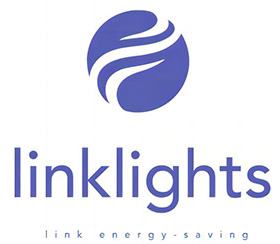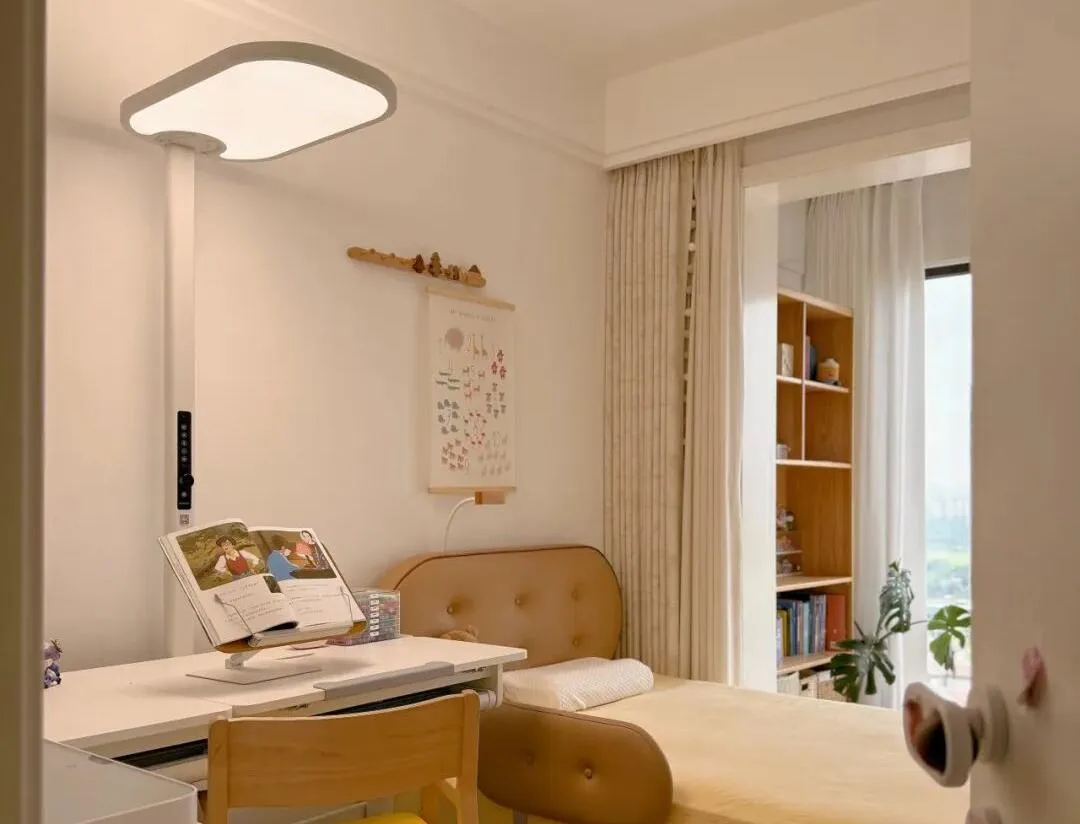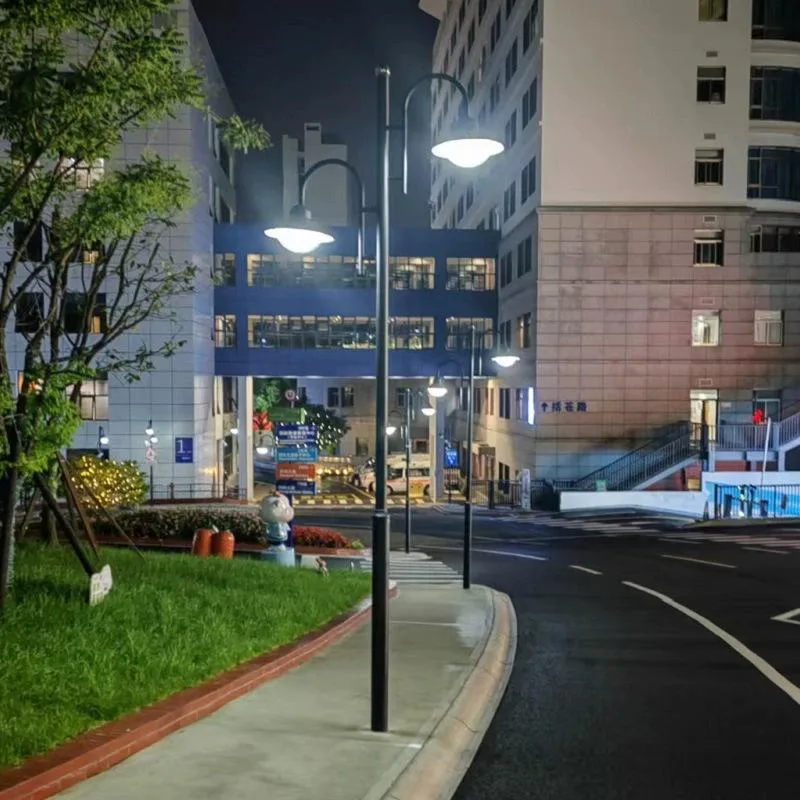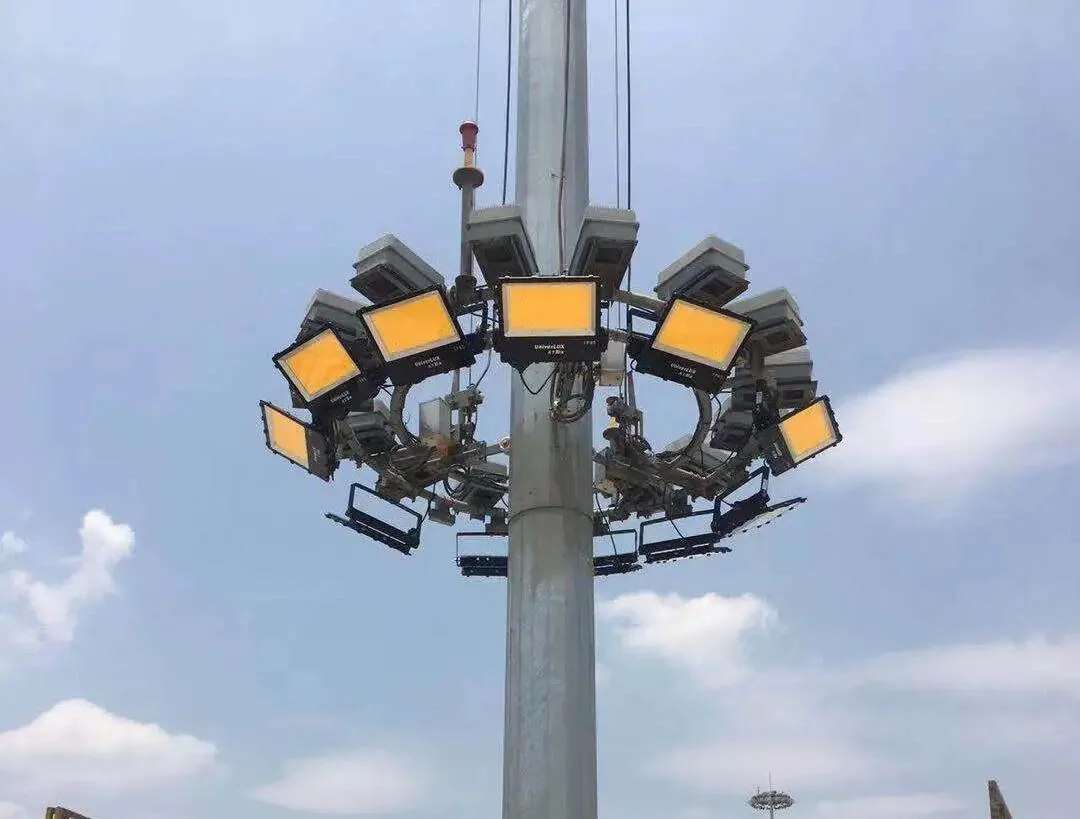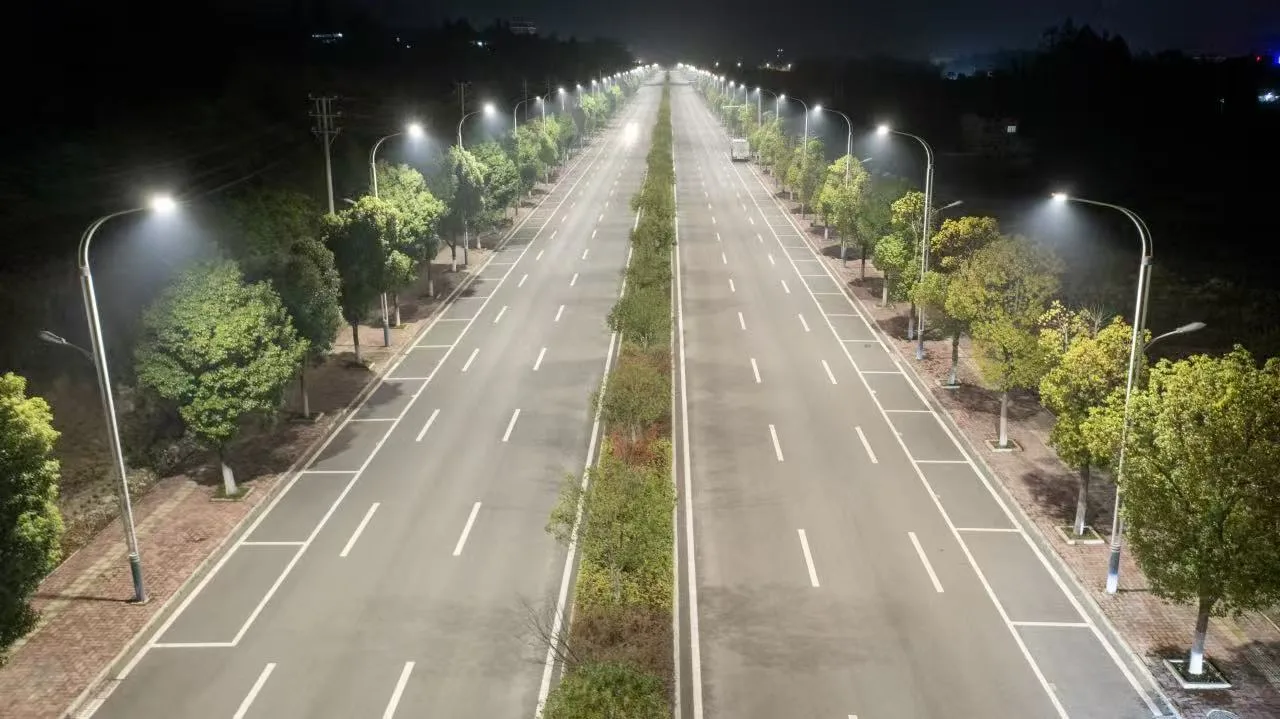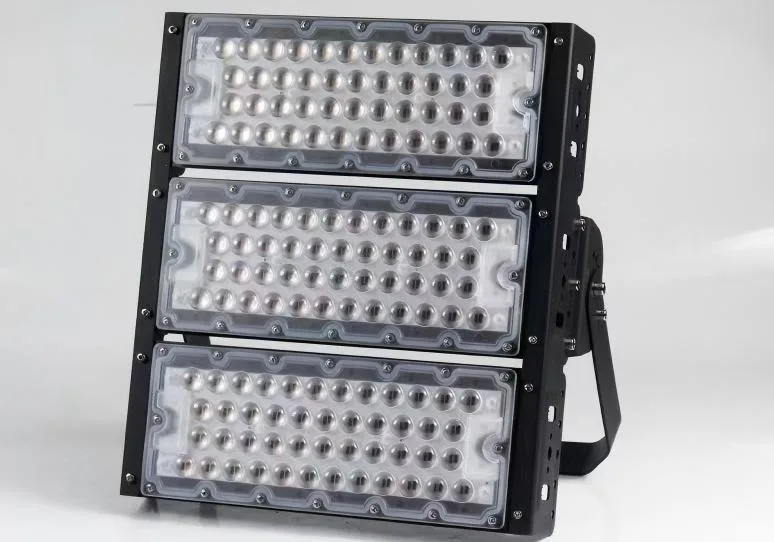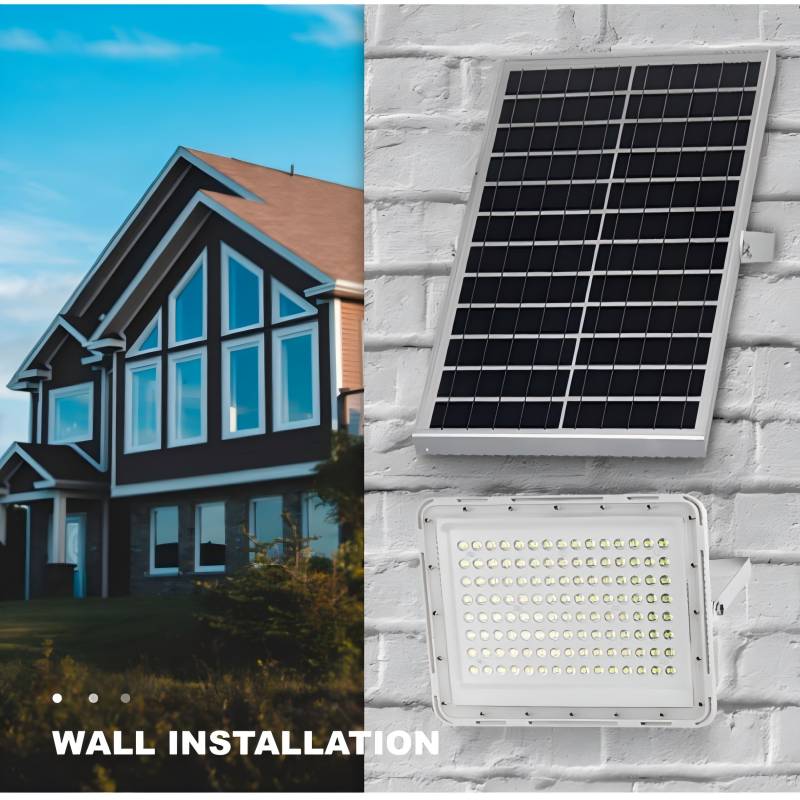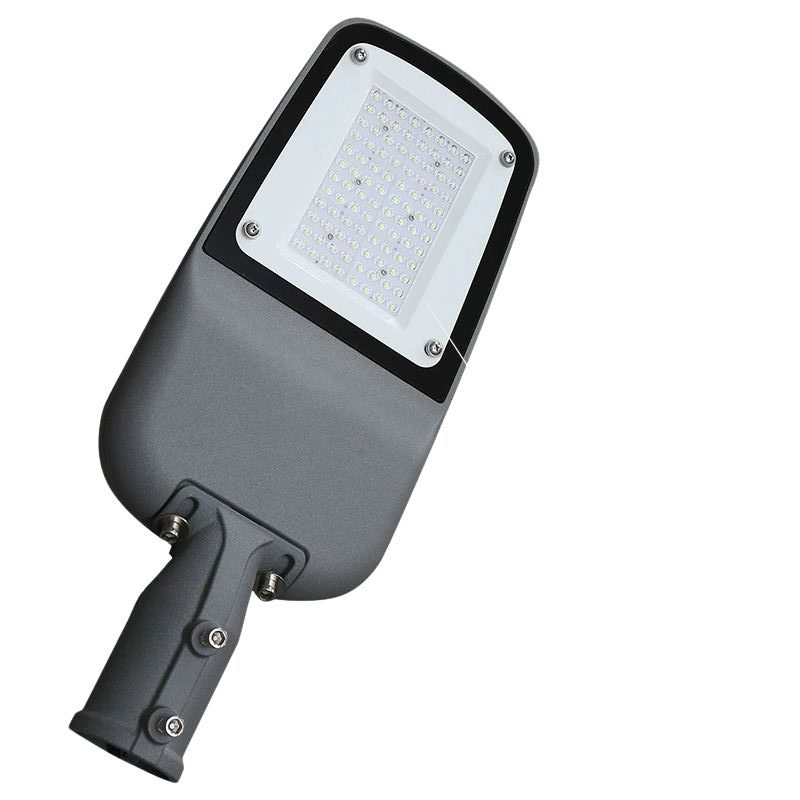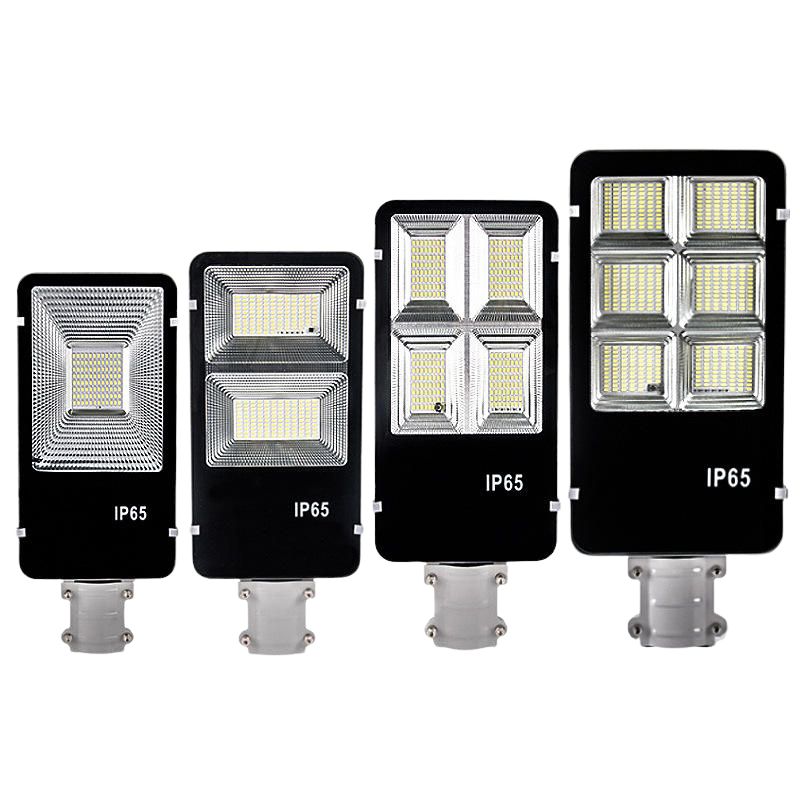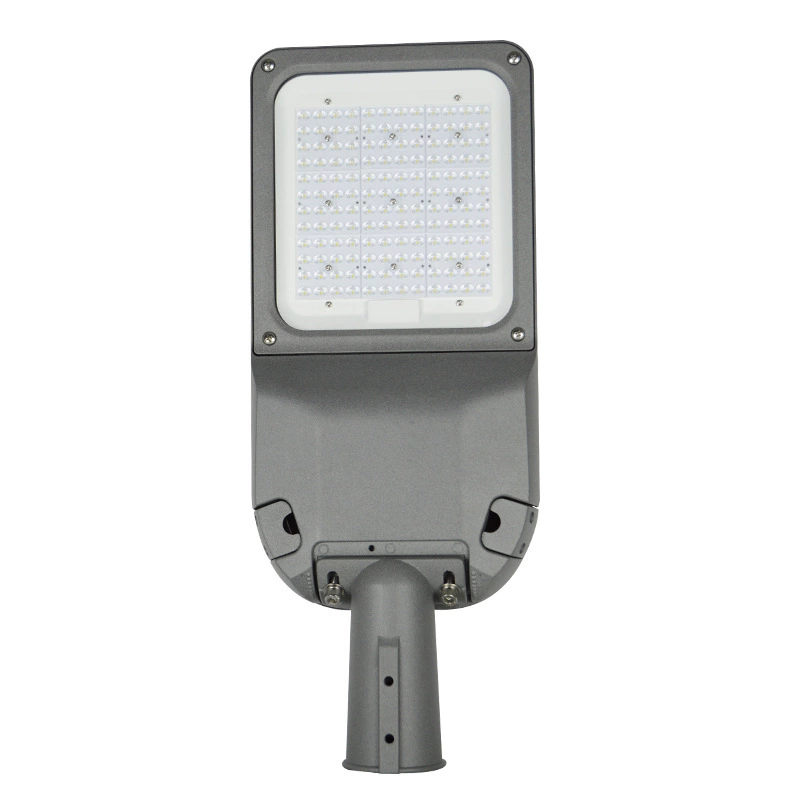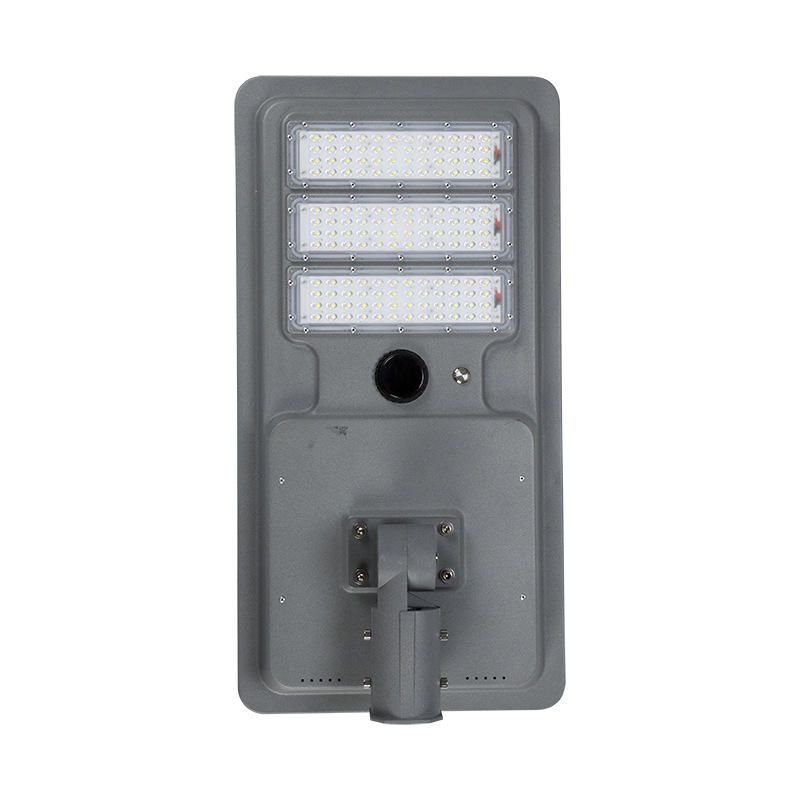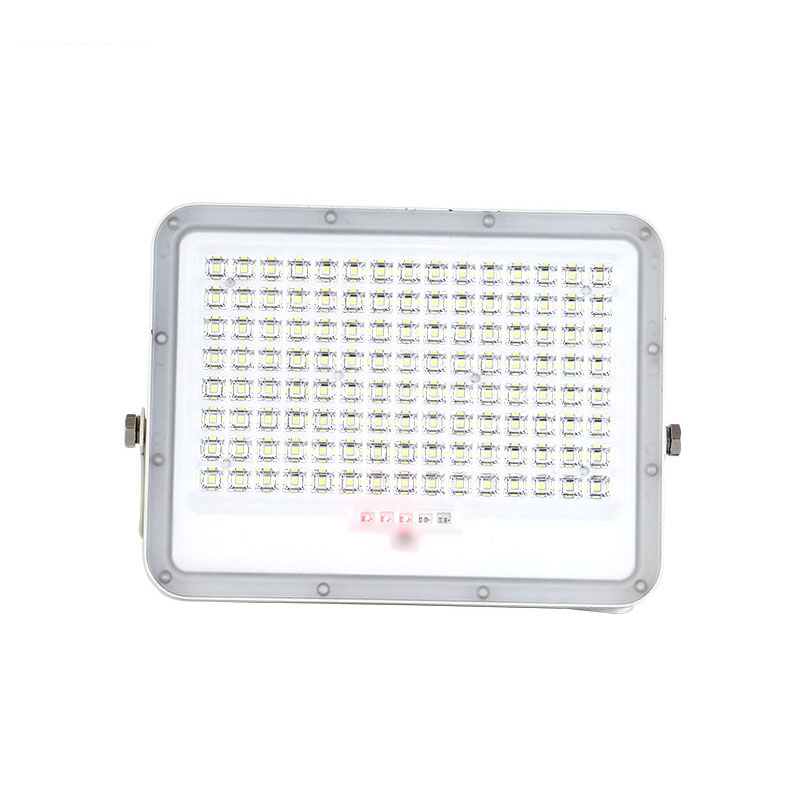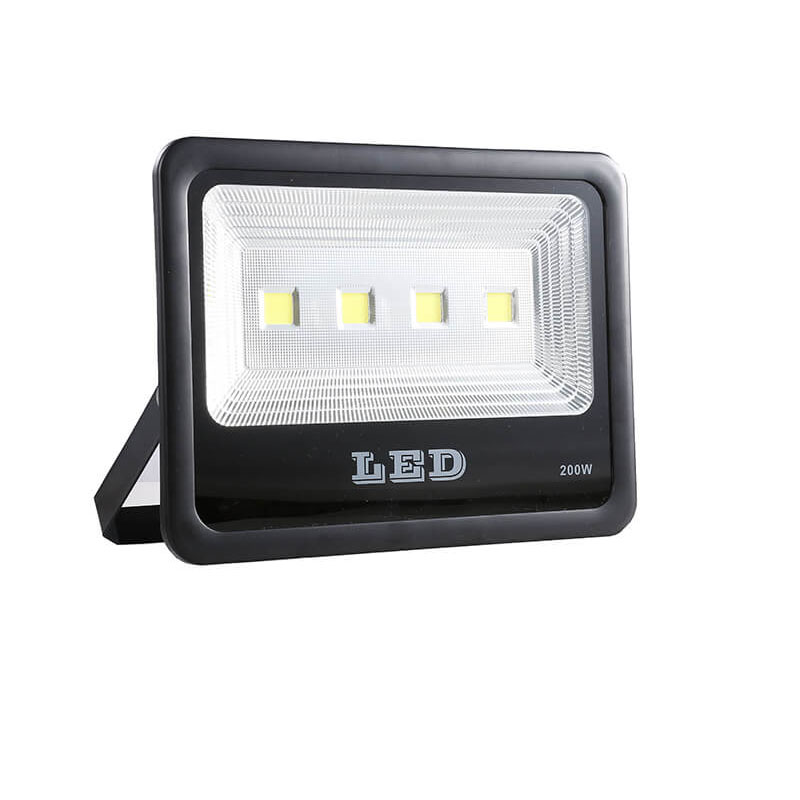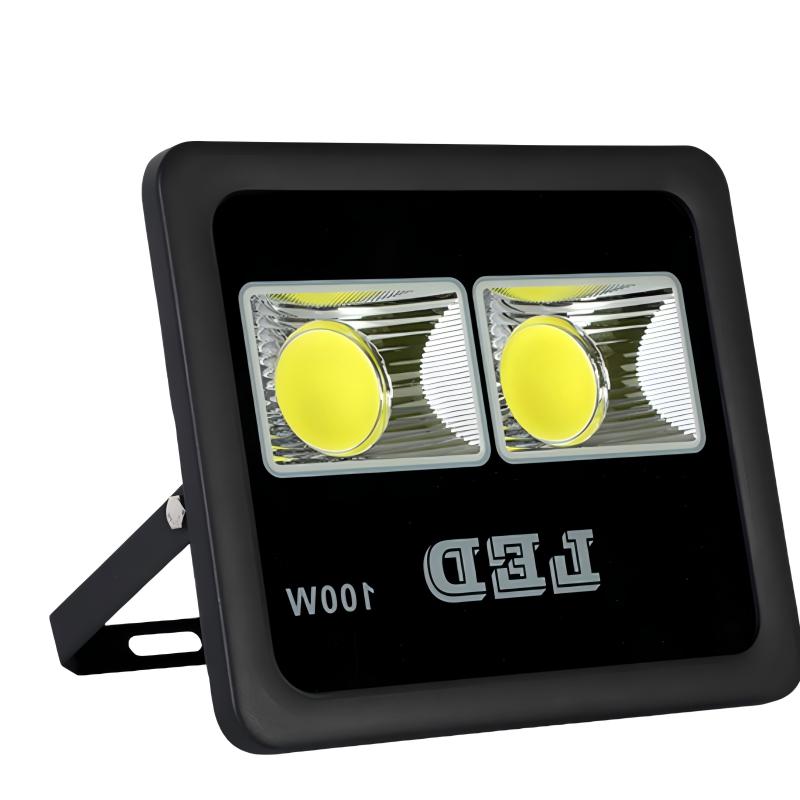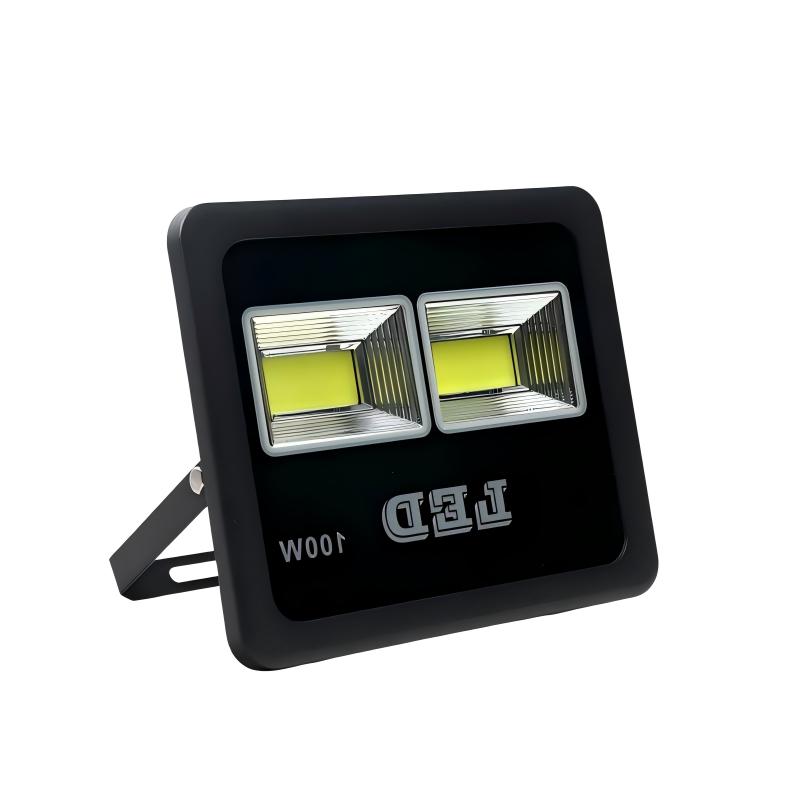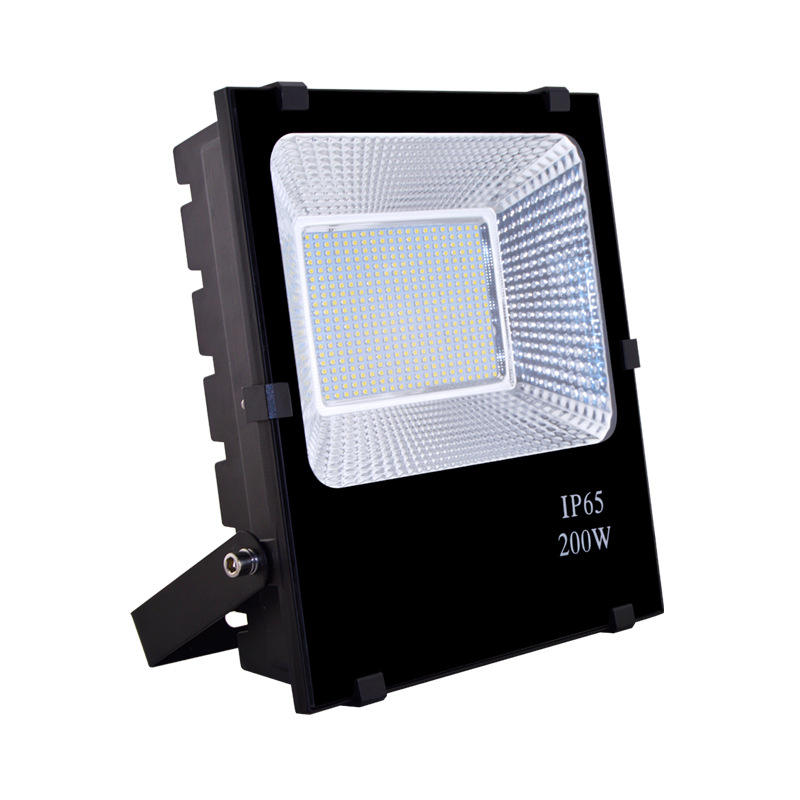Introduction
Parking lots are the first thing customers see when they visit your business, and good parking lot lighting is key. The right lights keep people safe, prevent crime, and make the area welcoming. But poor lighting can cause dark spots, high energy bills, more maintenance, and even fines for breaking light pollution rules.
This guide will help commercial property managers, small business owners, and facility operators pick the best parking lot lights. We’ll cover important factors like brightness, LED benefits, smart controls, and local rules. By the end, you’ll know how to choose lights that balance safety, cost, and long-term benefits.

Define Your Illumination Needs (Safety First)
The first rule of choosing led lights for parking lots is: brightness isn’t everything—uniformity is. A lot with a few super-bright spots and deep shadows is more dangerous than a uniformly lit lot with moderate brightness. But in real scenarios, even if individual lights are very bright, uneven light distribution (such as overly bright spots directly under the poles and dark areas between the lights) can create new safety risks. And Here’s how to get it right.
How many lumens are needed for outdoor parking lot lighting?
When determining how much light your outside parking lot needs, forget wattage—it measures energy use, not brightness. The true measure of light output is lumens (lm). To calculate the required lumens for a specific parking lot, we typically refer to lux. Lux (lx) measures the amount of light that reaches a surface and represents the number of lumens per square meter. For example, “1 lux= 1 lumen per square meter.”
According to the CIE 115:2010 standard, the recommended illuminance levels are as follows:
High-traffic areas (e.g., retail stores, malls): A recommended illuminance of 15-20 lux ensures sufficient visibility and safety.
Low-traffic areas (e.g., small offices, residential parking): A recommended illuminance of 10-15 lux is sufficient for these spaces with less foot traffic.
For instance, a 10,000-square-foot parking lot (about 50 parking spaces) typically requires a total of 20,000 to 40,000 lumens to achieve the right level of brightness and safety.
Therefore, the total lumen requirement can be calculated using this formula:
Total lumens = Lux × Actual illuminated area (㎡).
Example: Total lumens = 20 lux × 10,000 = 20,000 lumens.
Mounting height:Higher parking lot poles need more lumens to reach the ground. For example:
15–25ft poles: 20,000 lumens per fixture (covers ~45ft diameter).
25–35ft poles: 30,000–40,000 lumens per fixture (covers ~57ft diameter).
35–45ft poles: 40,000+ lumens per fixture (covers ~70ft diameter).
Introduction to Uniformity Ratio: A Key Indicator for Safe Lighting
The uniformity ratio compares the brightness of the brightest area (E_max) and the darkest area (E_min) in a parking lot, helping to assess how even the lighting is and how safe the space is. A lower ratio indicates less difference between the bright and dark areas, ensuring more uniform lighting.
For example:
Commercial Parking Lot: E_max = 20 lux, E_min = 5 lux, uniformity ratio = 20 ÷ 5 = 4:1. This ratio means the brightness in the bright area is 4 times that of the dark area, which is within the industry-recommended safety range. The human eye can adjust quickly to the change in brightness, avoiding the risk of “sudden blindness.”
When the Pole Spacing is Too Large: E_max = 30 lux, E_min = 3 lux, uniformity ratio = 30 ÷ 3 = 10:1. The contrast between light and dark is strong. The human eye needs 2-3 seconds to adjust, making it difficult to see obstacles or pedestrians, which poses a safety risk.
Recommended Uniformity Ratio for Different Scenarios
The acceptable range for the uniformity ratio is not fixed, but should be adjusted based on the safety needs and usage frequency of the specific scenario. Common standards for different environments are as follows:
Scene Type Recommended Uniformity Ratio Core Reason
| Scene Type | Recommended Uniformity Ratio | Core Reason |
| Commercial Parking Lot (High Traffic) | ≤ 4:1 | High foot and vehicle traffic, need for no visual dead spots |
| Residential Parking Lot (Low Traffic) | ≤ 6:1 | Lower traffic, can allow slight flexibility, but should avoid dark spots |
| Hospital / Emergency Parking Lot | ≤ 3:1 | Must meet urgent and accessible traffic needs, very high requirements |
| General Road Lighting | ≤ 5:1 | Ensure vehicle safety at night, avoid glare |
These standards are based on international lighting authority guidelines such as the International Commission on Illumination (CIE) and the Illuminating Engineering Society (IES), and they represent the “safety thresholds” confirmed by extensive practical applications.
Light distribution types for Achieving Uniformity
To achieve uniform lighting distribution and prevent dark spots, different types of led parking lot lights can be selected based on their light distribution patterns:
Type III Lights: These provide a wide-angle light spread, ideal for illuminating the area around the parking lot. This type is great for ensuring even coverage without large dark spots in open areas.
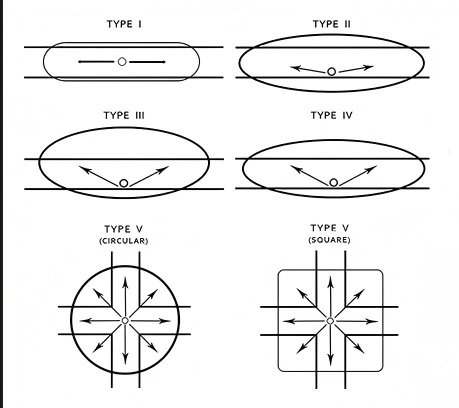
Type IV Lights: These create a semi-circle of light, making them ideal for walls or building sides. They can help eliminate shadow areas around structures, improving uniformity along boundaries.
Type V Lights: These lights distribute light in all directions, making them perfect for larger parking lots where you need to illuminate the center and maintain even brightness across the entire area.
Avoid Glare (Comfort = Safety)
The key to led parking lot lighting is making sure people and cars can ‘see clearly’ around them. However, glare goes against this goal. It’s not because there isn’t enough light, but because the light is pointed the wrong way, causing too much light to hit the eyes, which makes it uncomfortable and unsafe. Even if the parking lot’s uniformity and total lumens meet standards, if there is glare, the parking area lighting is still not safe or good quality.
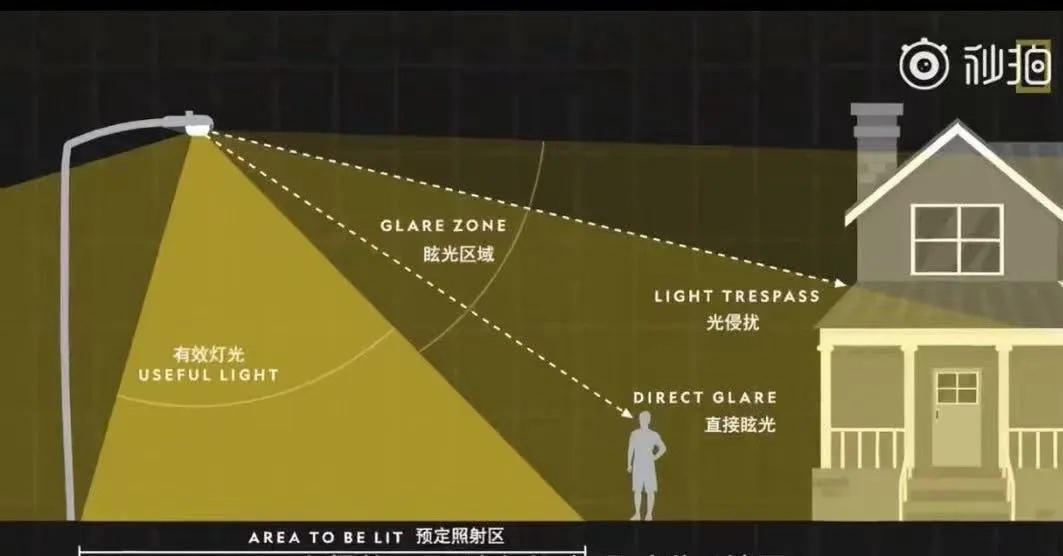
Choose led parking lot light fixtures with glare shields (opaque covers that direct light downward).
Opt for a BUG rating of B1, U1, G1 or lower. BUG stands for Backlight (light behind the fixture), Uplight (light upward, causing skyglow), and Glare—lower numbers mean less light pollution and discomfort.
Mount fixtures at the right angle. Tilt them slightly downward (10–15°) to focus light on the ground, not people’s eyes.
Choose the Right parking lot led lighting Technology (LED Is Non-Negotiable)
Gone are the days of choosing between metal halide, high pressure sodium lights (HPS), or compact led fluorescent bulbs.LED technologyis the only practical choice for modern parking lots—and for good reason. Let’s compare:
| Technology | Energy Efficiency | Lifespan | Maintenance | Color Rendering | Best For |
| LED | 75–80% more efficient than HPS | 50,000+ hours (~10 years) | Minimal (replace every 5–7 years) | High (CRI ≥70) | All parking lots—residential, commercial, public |
| Metal Halide | Low (uses 3x more energy than LED) | 10,000–15,000 hours (~2 years) | Frequent (bulbs burn out every 1–2 years) | Moderate (CRI ~60) | Older lots (being phased out) |
| High-Pressure Sodium (HPS) | Low (uses 2.5x more energy than LED) | 20,000–25,000 hours (~4 years) | Moderate (replace every 3–4 years) | Poor (CRI ~20—everything looks yellow) | Industrial lots (no longer recommended for commercial use) |
Why parking lot lighting led Beats Traditional Options
Energy savings:A 200W Led parking lot light fixture replaces an 800W HPS fixture—cutting energy bills by 75%. For a 10-fixture lot, that’s ~$1,200 in annual savings (based on $0.15/kWh).
Longer lifespan:Led parking lot lighting fixtures last 5x longer than HPS. A restaurant owner who switched from HPS to LED reduced maintenance costs by $800/year (no more paying electricians to replace bulbs every 2 years).
Better color rendering:Parking lights led’s high CRI (≥70) means signs, license plates, and hazards are visible. HPS’s low CRI makes it hard to distinguish between a pothole and a shadow—risking accidents.
Instant on/off:Unlike metal halide (which takes 5–10 minutes to warm up),parking lot lamps turn on instantly—critical for motion-sensor setups.
Key Led parking lot light fixture Features to Look For
Not all parking lot led light fixtures are created equal. Focus on these specs to avoid cheap, short-lived fixtures:
IP65 or higher rating:Ensures dust-tight and waterproof performance—essential for outdoor use (rain, snow, humidity).
Die-cast aluminum housing:Dissipates heat better than plastic, preventing overheating and extending lifespan.
10KV surge protection:?Shields fixtures from power spikes (common in outdoor settings), reducing premature failure.
Warranty:Look for 5–10 years of coverage. Reputable brands (e.g., Induction Lighting Fixtures, Lightdot) back their products—cheap led parking light fixtures often have 1–2 year warranties (or none at all).
Optimize Energy Efficiency & Costs (Long-Term Savings)
Led lights for parking lot already save energy, but you can maximize savings with smart choices—without sacrificing safety. Here’s how.
Choose the Right Color Temperature
Color temperature (measured in Kelvin, K) affects both safety and ambiance:
3000K (warm white):Yellowish light—good for residential areas or lots near homes (reduces light pollution).
4000K (neutral white):Balanced, natural light—ideal for office parks or mixed-use lots.
5000K (cool white):Bright, white light—best for high-traffic commercial lots (e.g., retail, hospitals) where visibility is critical.
Note:Avoid 6500K (extra cool white)—it’s too harsh, causes glare, and can disrupt sleep for nearby residents.
Add Smart Lighting Controls
Controls let you adjust light output based on need—no more wasting energy on empty lots. The most effective options are:
Dusk-to-dawn photocells:Automatically turn led parking lot lamps on at sunset and off at sunrise. Saves ~30% on energy vs. manual controls (no more forgetting to turn led lights parking lot off in the morning).
Motion sensors:Increase brightness to 100% when movement is detected, then dim to 30% after 5–10 minutes of inactivity. Perfect for low-traffic lots (e.g., a small office) — cuts energy use by 50%.
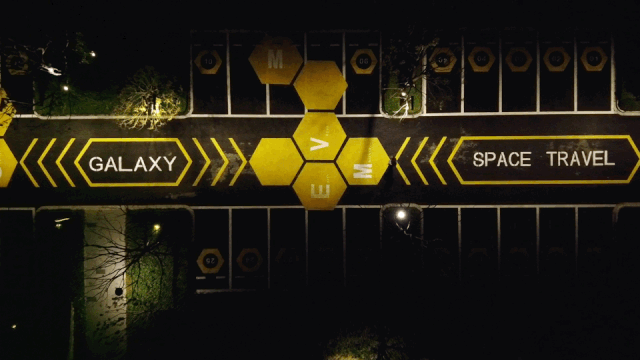
Timers:Schedule brightness changes (e.g., 100% during business hours, 50% after 10 PM). Great for lots with predictable traffic patterns.
Remote controls:Manage outdoor led parking lot lights from a phone or computer—adjust brightness, check for failures, or turn lights on/off remotely. Useful for large lots (e.g., shopping centers) with multiple fixtures.
Case study:A retail center added motion sensors to 20 parking lot light fixtures. Within 6 months, they saved $900 on energy bills—paying back the sensor cost in 3 months.
Calculate Total Cost of Ownership (Not Just Upfront Price)
Don’t be fooled by cheap commercial parking lot lighting fixtures—they cost more in the long run. The?total cost of ownership (TCO)includes:
Upfront cost:LEDs cost $150–$400 per fixture (vs. $50–$100 for HPS), but…
Energy cost:LEDs use $10–$20/year in electricity per fixture (vs. $50–$80 for HPS)
Maintenance cost:LEDs cost $5–$10/year (bulb replacement every 5–7 years) vs. $30–$50/year for HPS (bulb replacement every 2–3 years).
For a 10-parking lot lamp, LED TCO over 5 years is ~$3,000—vs. $5,000 for HPS. The upfront investment pays off in 1–2 years.
Ensure Compliance with Local Regulations (Avoid Fines)
Ignoring lighting regulations can lead to costly fines, neighbor complaints, or even forced fixture replacement. Here’s what you need to know.
Follow Illumination Standards (IES & Local Codes)
The Illuminating Engineering Society (IES)?sets minimum standards for parking lot lighting:
Commercial lots: 10–20 lux (depending on traffic).
Accessible routes (e.g., wheelchair ramps): 20 lux minimum.
Loading zones: 30 lux minimum.
Check your local code—some cities (e.g., Los Angeles, Portland) have stricter rules. For example, Portland requires all new lights for parking lots to use LEDs with 5000K max color temperature to reduce skyglow.
Comply with Dark-Sky Regulations
The International Dark-Sky Association (IDA)works to reduce light pollution. Many cities adopt IDA guidelines, which require
Full cutoff fixtures:?No light above 90° (prevents uplight that brightens the night sky).
Low BUG ratings:?B1, U1, G1 or lower (minimizes backlight, uplight, and glare).
Warm color temperatures:?3000K max in residential areas (reduces skyglow).
Non-compliance can result in fines—e.g., Phoenix charges $200 per non-compliant fixture.
Meet Energy Codes
Most countries have energy codes that mandate efficient lighting:
US:The Energy Policy Act requires outdoor lights for parking lot to be at least 70 lumens per watt (lm/W). LEDs easily meet this (100–130 lm/W), but HPS does not (40–60 lm/W).
EU:The Ecodesign Directive limits energy use for outdoor lights—LEDs are the only way to comply.
Always ask manufacturers for compliance documentation (e.g., DLC Premium certification in the US) to prove your parking lot lights meet standards.
Choose the Right Mounting & Installation (Get It Right the First Time)
Even the best led parking lot lights fail if installed incorrectly. Here’s how to choose mounting options and plan placement.
Select the Right Mounting Type
Your mounting choice depends on your poles, space, and adjustment needs
Slip Fit Mount:Slides over round or square poles (with an adapter). Adjustable (180°) for directing light—great for lots where you need to tweak coverage.
Arm Mount:Attaches to poles with a bracket. Can hold 1–2 fixtures—ideal for wide lots that need two lights per pole.
Flood Mount:No junction box needed—easy to install on walls or poles. Fixed (non-adjustable)—best for small, narrow lots.
Yoke Mount:Mounts to walls, ceilings, or poles. Has an external junction box—good for high-traffic areas (e.g., hospital entrances) where you need extra durability.
Pro tip:If you’re retrofitting existing poles, measure the pole diameter first—slip fit mounts work for 2–4in poles, while arm mounts need adapters for round poles.
Plan Pole Height & Spacing
Pole height and spacing directly affect coverage. Use this guide
Small lots (10–20 spaces):15–20ft poles, spaced 40–50ft apart. 1 fixture per pole (20,000 lumens).
Medium lots (20–50 spaces):20–25ft poles, spaced 50–60ft apart. 1–2 fixtures per pole (20,000–30,000 lumens each).
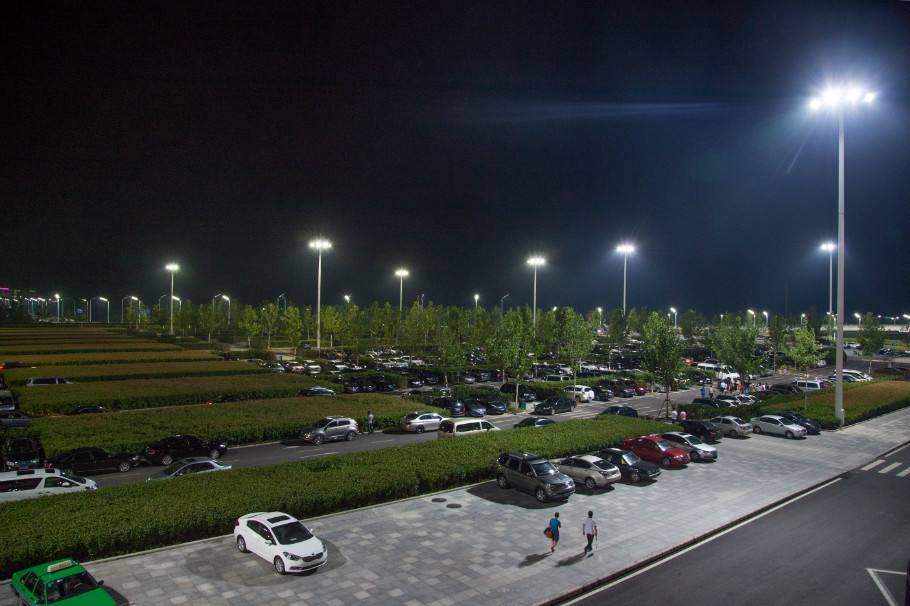
Large lots (50+ spaces):25–35ft poles, spaced 60–70ft apart. 2 fixtures per pole (30,000–40,000 lumens each).
Example:A 100-space lot (20,000 square feet) uses 10 poles (25ft tall) with 2 fixtures each (30,000 lumens). Spaced 60ft apart, it achieves a uniform 15 lux—no dark spots.
Hire a Professional Installer
DIY installation is risky—outdoor wiring needs to be weatherproof, and poles need to be securely anchored (to withstand wind). Look for installers with
Experience with outdoor LED lighting.
Knowledge of local codes (they’ll ensure compliance).
A warranty on installation (e.g., 1–2 years for wiring).
Ask for references—e.g., a local shopping center that they retrofitted to LEDs.
Evaluate Quality & Durability (Avoid Cheap Fixtures)
Not all led parking lot fixtures are built to last. Here’s how to spot high-quality fixtures that stand up to the elements.
Check Build Materials
Housing:Die-cast aluminum is best—it’s lightweight, corrosion-resistant, and dissipates heat. Avoid plastic (cracks in extreme temperatures) or thin steel (rusts in rain).
Lens:Tempered glass or polycarbonate (shatterproof, UV-resistant). Avoid acrylic (yellows over time, reducing light output).
Seals:Silicone gaskets (resist aging) vs. rubber (dries out and leaks after 2–3 years).
Look for Certifications
Certifications prove a fixture meets safety and performance standards
UL/DLC:?In the US, UL certifies safety, while DLC certifies energy efficiency (DLC Premium means extra savings).
CE/RoHS:?In the EU, CE certifies compliance with safety laws, while RoHS ensures no harmful materials (e.g., lead).
IP65/IP66:?As mentioned earlier, IP65 is minimum for outdoor use—IP66 is better for heavy rain or snow.
Test Warranty Coverage
A strong warranty is a sign of quality. Look for:
Fixture warranty:5–10 years (covers housing, driver, and LEDs).
LED chip warranty:5 years (LEDs should last 50,000+ hours—if they fail sooner, the warranty covers replacement).
Customer support:24/7 service (you don’t want to wait a week for a replacement part).
Avoid fixtures with “limited warranties” that exclude labor or shipping—they’re not worth the savings.
FAQ
Q1: Can I mix LED and HPS fixtures in my lot?
A:Not recommended. LEDs have better color rendering and brightness, so mixing them creates uneven lighting (e.g., yellow HPS spots next to white LED spots). It also complicates maintenance—you’ll have two sets of bulbs to replace.
Q2: How do I know if my lot needs more fixtures?
A:Walk through the lot at night (with existing lights on). If you can’t see your feet clearly in any spot, or if shadows hide obstacles (e.g., curbs), you need more fixtures or higher lumens.
Q3: Are solar-powered LEDs a good choice?
A:They work for small, low-traffic lots (e.g., a 5-space lot for a small shop) but not for large or high-traffic lots. Solar panels need direct sunlight, and batteries don’t hold enough charge for 24/7 use. Stick to grid-powered LEDs for most commercial lots.
Q4: How often should I clean my LED fixtures?
A:Every 6–12 months. Dust, dirt, and bird droppings on the lens reduce light output by 10–20%. Use a soft cloth and mild soap—avoid harsh chemicals that damage the lens.
Q5: Can I dim LEDs to save more energy?
A:Yes—most modern LEDs are dimmable with 0–10V or DALI controls. Just make sure the dimmer is compatible with your fixtures (ask the manufacturer for recommendations).
Conclusion: Invest in Lights That Work for You
Choosing the right parking lot lights isn’t just about brightness—it’s about creating a space that’s safe, efficient, and compliant. By following this guide, you’ll:
Keep customers and employees safe with uniform, glare-free lighting
Cut energy and maintenance costs by 50–75% with LEDs and smart controls.
Avoid fines by complying with local regulations.
Remember:The cheapest fixture isn’t the best value. A high-quality LED fixture with a 10-year warranty will save you money and headaches over time. Whether you’re a small business owner or a property manager, the right lights will make your parking lot a welcoming, safe asset—not a liability.
Ready to start shopping? Reach out to reputable manufacturers for a custom quote—most will help you calculate lumens, choose fixtures, and ensure compliance. Your customers (and your budget) will thank you.
